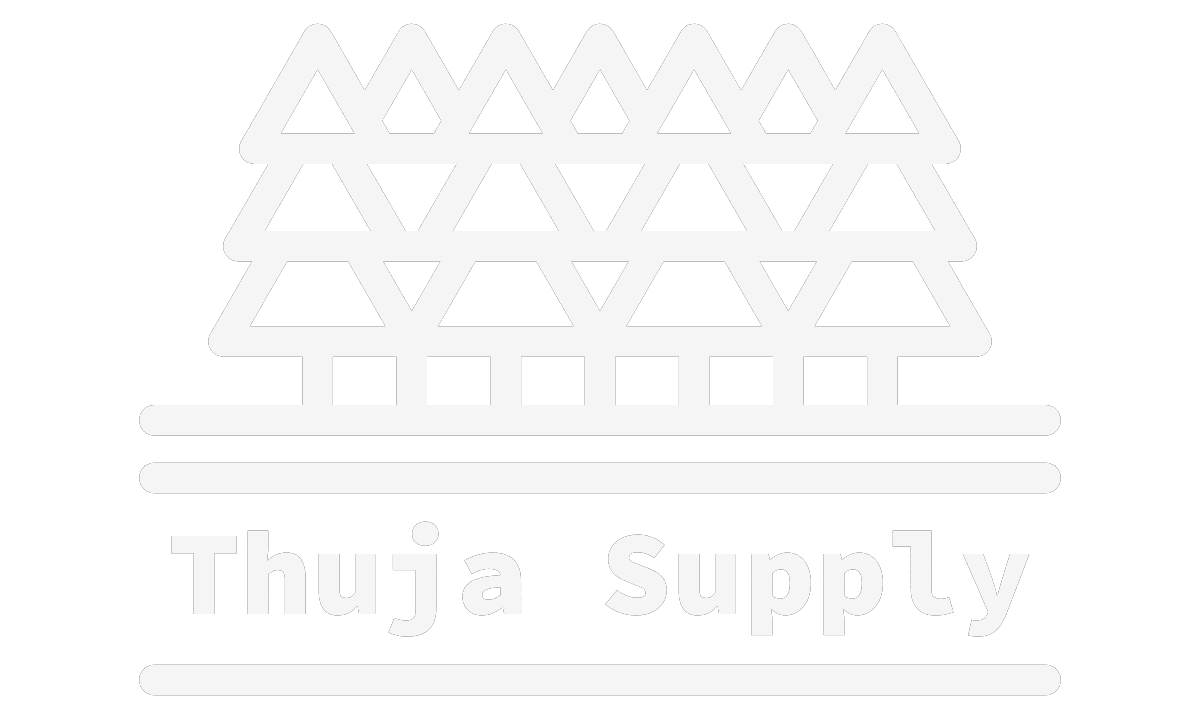If you're considering planting Thuja Green Giant trees in your yard or garden, it's important to choose the right time of year based on your location. Thuja Green Giants are known for their fast growth rate and hardy nature, making them a popular choice for hedges, privacy screens, and landscaping. But planting at the wrong time can result in stress or damage to the trees, leading to poor growth or even death. In this blog post, we'll provide a table of recommended planting times based on regions and states in the United States, so you can ensure your Thuja Green Giants thrive in your local climate.
Thuja Green Giants, also known as Western Red Cedars, are native to North America and thrive in a wide range of conditions. They can tolerate a variety of soil types, from sandy to clay, and prefer moist, well-draining soil. They are also adaptable to both sun and partial shade. However, they can be sensitive to extreme heat or drought, so it's important to choose the right time to plant them.
Region:
Planting times can vary based on your region and state, as well as other factors such as altitude, soil type, and microclimate. The following table provides general guidelines for planting Thuja Green Giants based on your location:
| Region/State | Recommended Planting Time |
|---|---|
| Northeast | Spring or early fall |
| Southeast | Fall or winter |
| Midwest | Spring or early fall |
| Southwest | Fall or winter |
| Pacific | Fall or winter |
In the Northeast and Midwest, where temperatures can fluctuate greatly between seasons, it's best to plant Thuja Green Giants in the spring or early fall, when the soil is still warm but the weather is cooler. This allows the roots to establish before winter and reduces the risk of stress or damage from extreme heat or cold.
In the Southeast and Southwest, where summers can be hot and dry, it's better to plant in the fall or winter, when temperatures are cooler and there is more moisture in the soil. This reduces the risk of heat stress and allows the roots to establish before the hot season.
In the Pacific region, where temperatures are moderate and rainfall is more consistent throughout the year, planting in the fall or winter is also recommended to take advantage of the moist soil.
It's important to note that these are general guidelines, and your local climate and conditions may require different planting times. Be sure to do research specific to your area and consult with a local gardening expert or nursery before planting.
Hardiness Zone:
| Hardiness Zone | Recommended Planting Time |
|---|---|
| 3 - 4 | April to May or August to September |
| 5 - 6 | April to May or September to October |
| 7 - 8 | October to November or January to February |
| 9 - 10 | November to February |
Hardiness zones are a way to describe the climatic conditions of different regions. They are determined by average minimum temperatures, and are used as a guide to help gardeners choose plants that are well-suited to their area.
In zones 3 and 4, where winters are cold and long, it's best to plant Thuja Green Giants in early spring or late summer, to give them time to establish before winter sets in.
In zones 5 and 6, where winters are still cold but shorter, planting in the spring or early fall is recommended, to take advantage of milder temperatures and reduce stress during extreme heat or cold.
In zones 7 and 8, where winters are mild and summers can be hot, it's better to plant in the fall or winter, when temperatures are cooler and there is more moisture in the soil.
In zones 9 and 10, where winters are very mild and summers are hot and dry, fall or winter planting is also recommended, to avoid stress during the hot season.
It's important to keep in mind that these are general guidelines, and your local conditions may vary. It's always a good idea to consult with a local gardening expert or nursery to get advice specific to your area.

